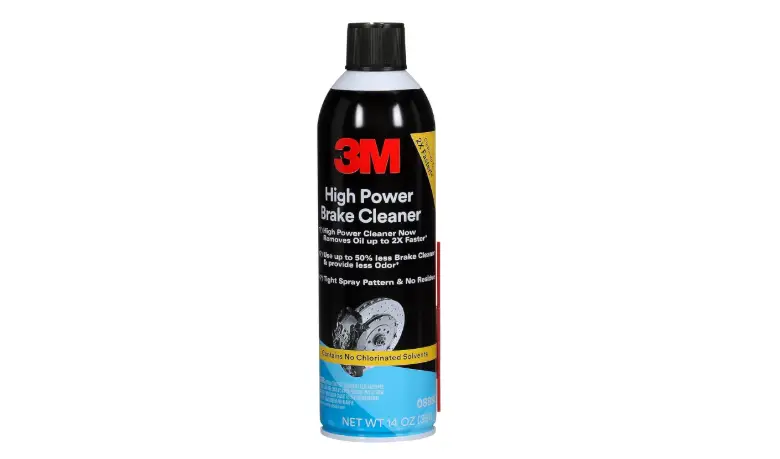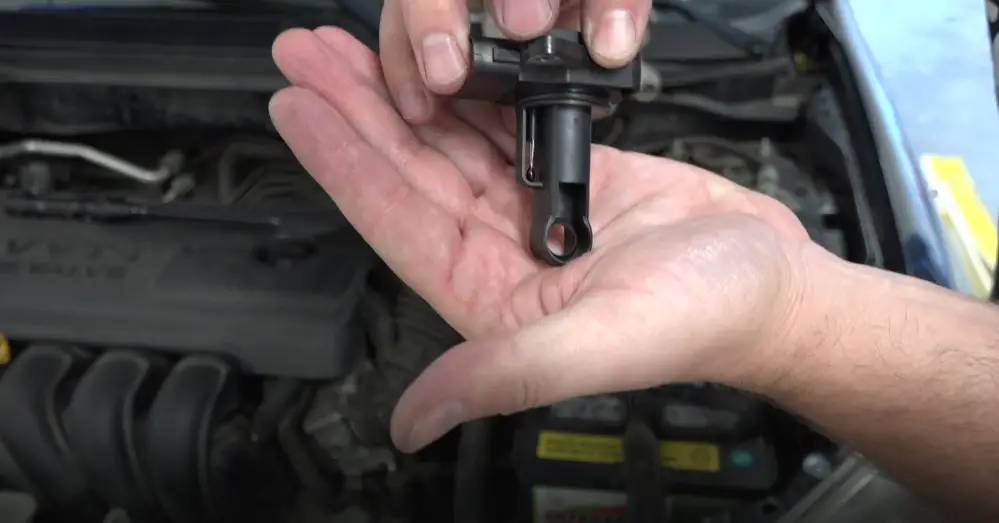Clean MAF sensor with brake cleaner is not recommended because brake cleaner contains harsh chemicals that can damage the sensor’s delicate components. Instead, use a dedicated MAF sensor cleaner designed specifically for safe and effective cleaning without leaving residue.
The Mass Air Flow (MAF) sensor plays a crucial role in the vehicle’s engine management system by measuring the amount of air entering the engine. This information is vital for the Engine Control Unit (ECU) to determine the correct air-fuel mixture for optimal combustion. Over time, the MAF sensor can become contaminated with dirt, oil, and other debris, leading to inaccurate readings and potential engine performance issues.
A common question among DIY enthusiasts is whether it’s safe to clean a MAF sensor with brake cleaner. While brake cleaner is a powerful solvent designed to remove grease and grime from brake components, its use on sensitive electronic parts like the MAF sensor is controversial.
This guide we will the risks, alternatives, and best practices for cleaning the MAF sensor effectively.

Contents
MAF Sensor
The MAF sensor is typically located between the air filter and the throttle body. It measures the volume and density of air entering the engine, allowing the ECU to adjust fuel injection accordingly. A dirty or malfunctioning MAF sensor can lead to symptoms such as rough idling, poor fuel economy, and engine hesitation.
The Appeal of Brake Cleaner
Brake cleaner is widely available and known for its ability to dissolve grease, oil, and other contaminants. Its quick-drying nature makes it a go-to for many cleaning tasks in automotive maintenance. However, its suitability for cleaning MAF sensors is questionable.Cars Bibles
Risks of Using Brake Cleaner on MAF Sensors
Using brake cleaner on a MAF (Mass Air Flow) sensor is a big no-no—and here’s why:
- Harsh Chemicals: Brake cleaners contain potent solvents that can damage the sensitive components of the MAF sensor.
- Residue Formation: Some brake cleaners may leave residues that interfere with the sensor’s functionality.
- Potential for Damage: The aggressive nature of brake cleaner can corrode or degrade the delicate wires within the MAF sensor.
Recommended Alternatives
Here are the recommended alternatives to brake cleaner when cleaning a MAF sensor—safe, effective, and made for the job:
1. MAF Sensor Cleaner (Highly Recommended)
- Specifically formulated to clean delicate MAF sensor elements without damaging them.
- Non-residual, fast-drying, non-corrosive.
- Available at auto parts stores under brands like:
- CRC Mass Air Flow Sensor Cleaner
- Gunk MAF Sensor Cleaner
💡 Tip: Always let the sensor air dry completely before reinstalling—never use compressed air or a cloth to speed it up.
2. Electronics Cleaner (If MAF Cleaner Isn’t Available)
- Use only plastic-safe and sensor-safe formulas.
- Look for non-residual, non-conductive, and fast-evaporating sprays.
- Brands like CRC QD Electronic Cleaner are sometimes used as a substitute—but only if labeled safe for plastic and electronics.
⚠️ Caution: Not all electronics cleaners are MAF-safe. Avoid anything with acetone, xylene, or other strong solvents.
❌ What to Avoid Completely
- Brake Cleaner – too aggressive for sensor elements and plastic housings.
- Carburetor or Throttle Body Cleaner – typically contain strong solvents not safe for sensors.
- Rubbing Alcohol or Household Cleaners – may leave residue, attract moisture, or damage coatings.
Step-by-Step Guide to Cleaning the MAF Sensor
Here’s a step by step guide for cleaning a MAF (Mass Air Flow) sensor safely—especially useful if you’re trying to avoid damage and get the engine running smoothly again.
- Safety First: Ensure the engine is off and cool. Disconnect the battery to prevent electrical issues.
- Locate the MAF Sensor: Typically found between the air filter and the throttle body.
- Remove the Sensor: Carefully detach the sensor from its housing.
- Apply Cleaner: Use the recommended cleaner, spraying it onto the sensor without touching the wires.
- Drying: Allow the sensor to air dry completely before reinstalling.
- Reinstallation: Reattach the sensor and reconnect the battery.

Frequently Asked Questions
Here are some FAQs about cleaning MAF sensor with brake cleaner –
1. Can I use carburetor cleaner instead of brake cleaner?
No, carburetor cleaners are also too harsh and can damage the MAF sensor.
2. How often should I clean my MAF sensor?
It’s advisable to clean the MAF sensor every 30,000 to 50,000 miles or as recommended by your vehicle’s manufacturer.
3. What are the signs of a dirty MAF sensor?
Symptoms include rough idling, poor fuel economy, and engine hesitation during acceleration.
4. Is it necessary to disconnect the battery before cleaning?
Yes, disconnecting the battery ensures safety and prevents potential electrical issues.
5. Can I touch the sensor wires during cleaning?
No, the wires are extremely delicate and should not be touched to avoid damage.
Conclusion
While brake cleaner is effective for certain cleaning tasks, it’s not suitable for cleaning MAF sensors due to the risk of damage and residue formation. Opting for a dedicated MAF sensor cleaner or a suitable alternative ensures the longevity and proper functioning of your vehicle’s engine components.